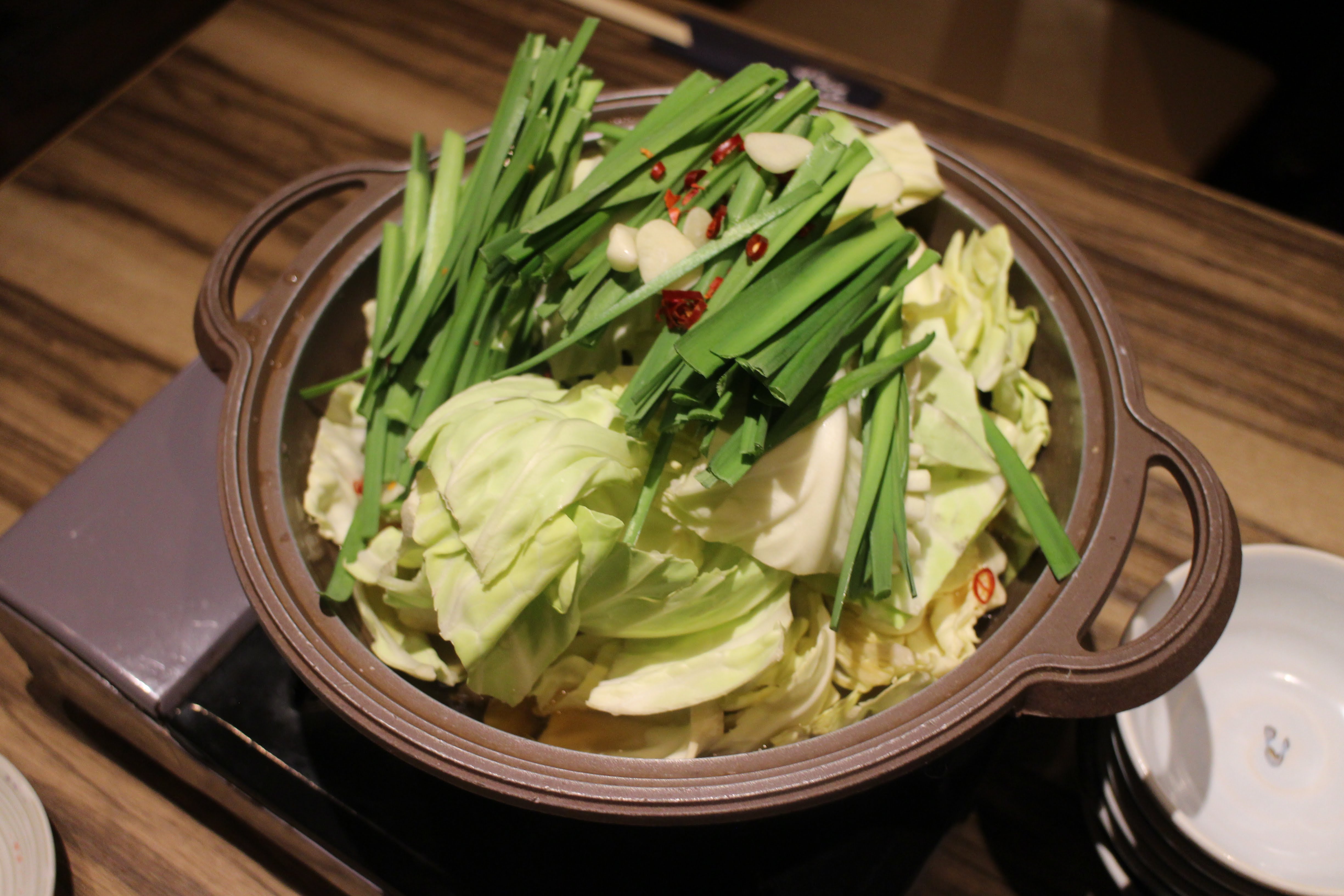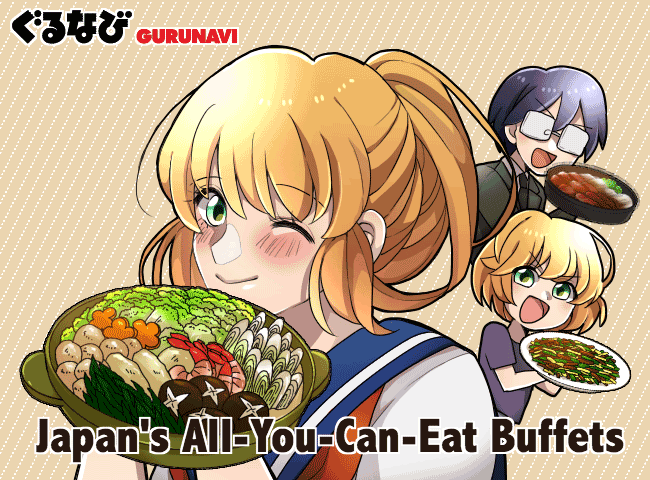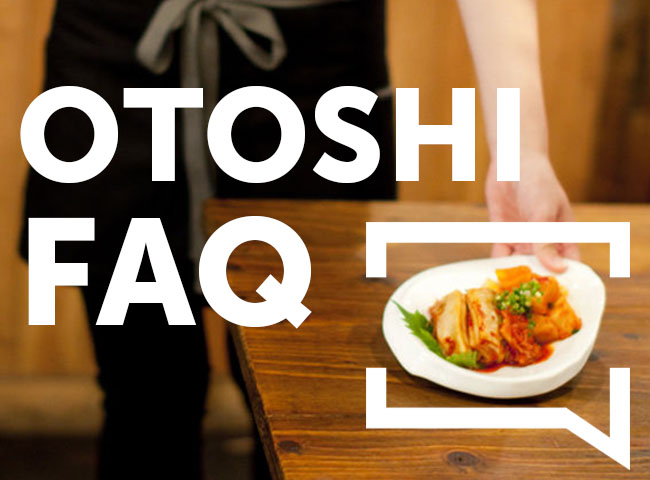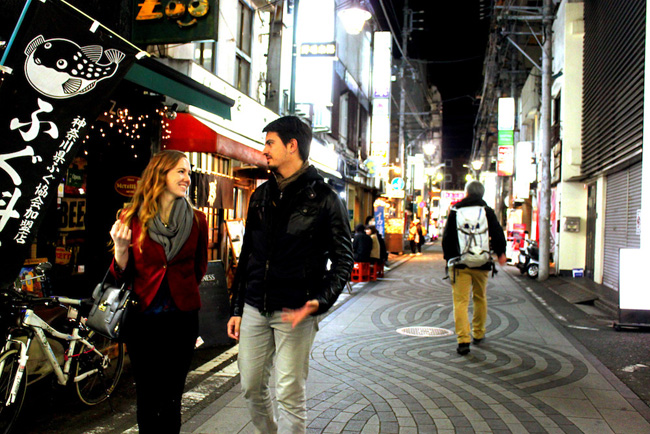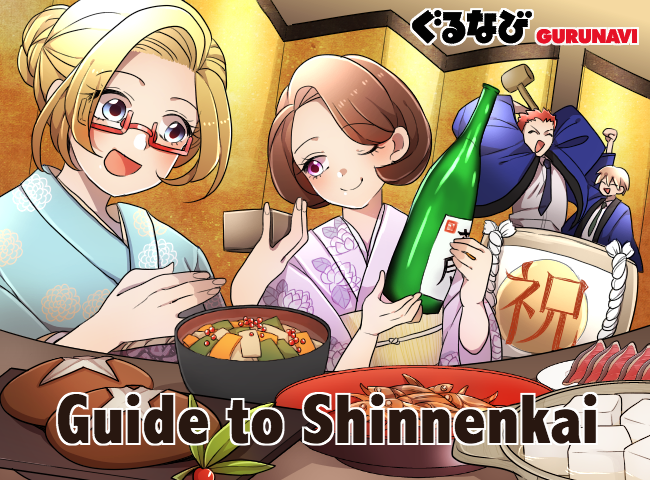Bonenkai: Japan's End of Year Parties for Revelry & Celebration
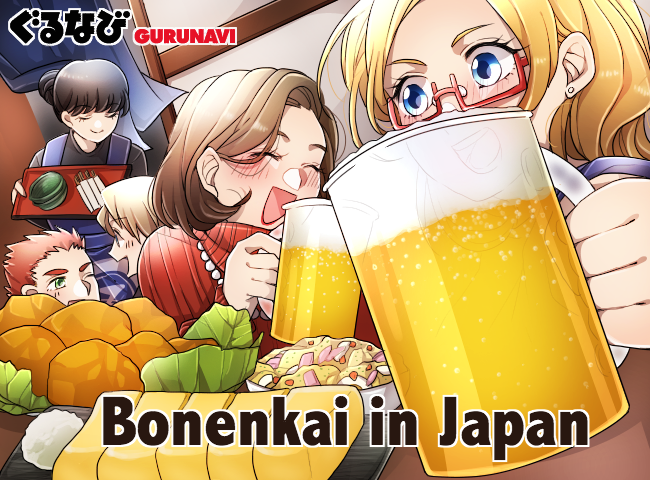
The New Year’s season in Japan is full of important traditions, but before the new year begins there’s one last event that looks back on the past year—and promptly proceeds to drink it away. A bonenkai, or “forget-the-year party” is an end of year party for friends and coworkers to forget the trouble and stress of the year and to start the coming year anew. The parties usually feature some kind of finger food or dinner course along with a nomihodai (an “all you can drink” plan). Bonenkai are known to have a fun, rowdy atmosphere for people to relax and mingle.
Bonenkai originated during the Muromachi period in the 15th century as an event for expressing thanks to others. During the Edo period, this developed into more of the drinking-party style they are today. Bonenkai serve as a year-end bonding activity for groups of friends and company employees. In Japanese society, where social strictures often prevent people from speaking freely, these events provide an atmosphere where people are permitted to be more candid under the cover of alcohol, and anything said or done will be forgotten the next day. It’s not unusual to see two people, whose interactions are usually formal, interact in a more relaxed or even affectionate manner.
Bonenkai Parties Are a Highlight of Living & Working in Japan
The Who, When and Where of Bonenkai
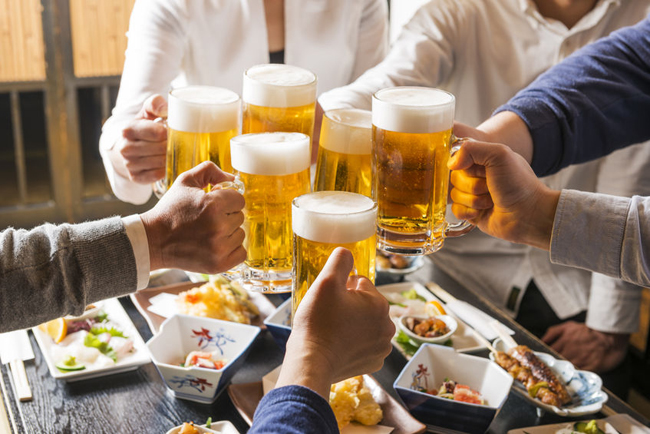
Bonenkai events are typically held during the months of November or December, often on a Friday or Saturday night, to avoid potential hangovers the next day at work. As bonenkai are organized by groups of friends or by companies as a special occasion to gather at the end of the year, a person may attend several bonenkai depending on how many various circles of friends and hobbies they have. Aside from people working in Japan, this may include groups of old university friends, teammates (for people who play a sport), hobby groups, etc. Working adults may also be obliged to attend several bonenkai for work held at various levels in their company, including a company-wide party, a department-level party, and a party within their own section or work team.
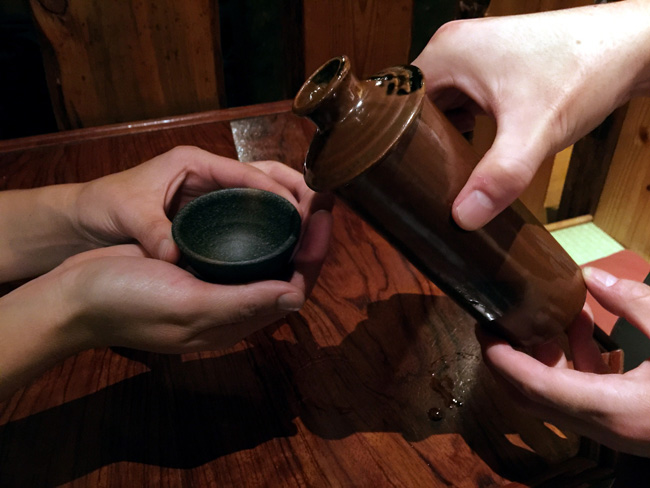
A company will typically foot the bill for a big company-wide party in order to get as many employees as possible to attend. If the company is not paying, partygoers usually split the bill evenly amongst themselves, regardless of how much each person ate or drank—so many people use this as an excuse to eat and drink as freely as they’d like.
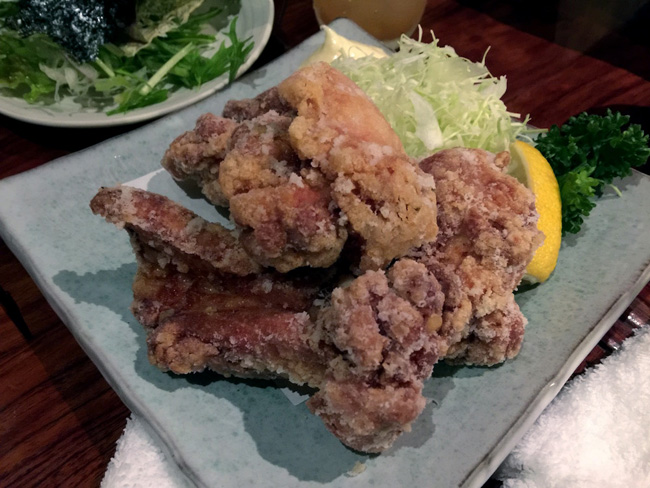
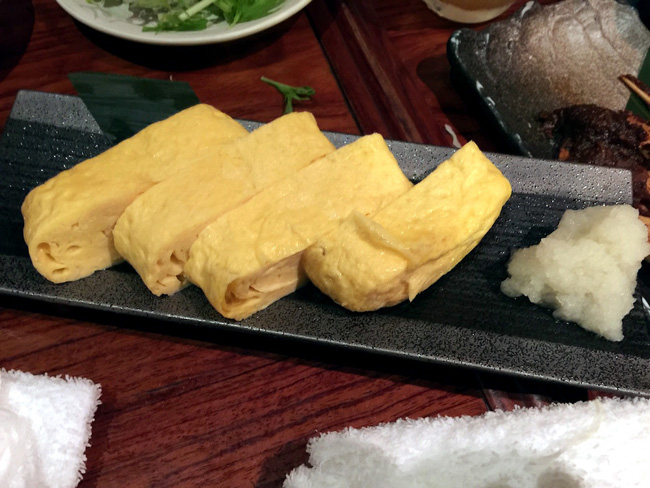
Common places to host a bonenkai party include izakaya, Western restaurants, and Japanese restaurants that serve nabe, sashimi, and other delicacies. Some companies on a budget may opt to throw their bonenkai party on company premises, which can save a significant amount of money. In this case drinks, finger food and celebrations are enjoyed within the office. More extravagant bonenkai parties may take place in an upscale hotel ballroom or include a nighttime party cruise, hosted on a traditional Japanese pleasure boat called a yakatabune.
What Happens at Bonenkai

The typical end of year party starts with a kanpai (“cheers”), or a toast, among all the attendees once everyone has their first drink in hand. For sit-down events with assigned seating, the food is usually brought to the table in courses, while Western-style standing parties may offer a buffet so everyone can loosely mingle. The party may also feature some form of entertainment, such as games (including drinking games), karaoke or a comedy sketch presented by a few of the attendees who have been called upon for the occasion. Company bonenkai also tend to be more structured than casual gatherings amongst friends and will usually feature speeches by the more senior participants.
After the bonenkai, the party may be followed by an afterparty called a “nijikai” and another party called a “sanjikai” may even follow the afterparty.
Bonenkai Rules of Play
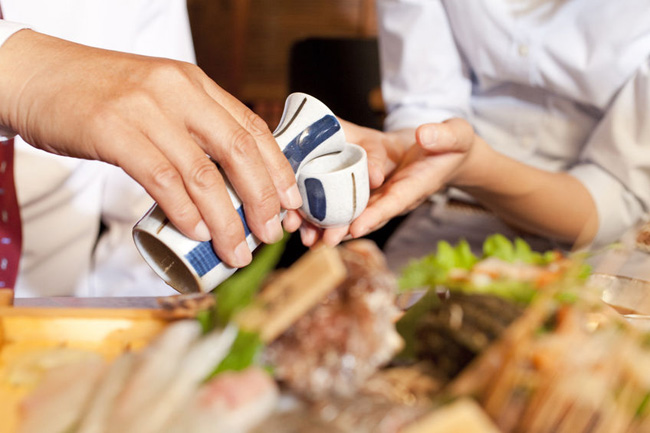
● It’s impolite to take a sip of your first drink before everyone has said “kampai”, so you should wait until everyone has a drink to begin.
● It’s polite to pour drinks for others. If you see someone with an empty glass, offer to pour them a drink, and make sure to hold the bottle using both hands when pouring.
● Likewise, if someone offers to pour you a drink, lift your glass in both hands to receive it.
● When you’ve had enough for the evening, make sure to leave some of your drink in your glass, as an empty glass signals to others that you’d like a refill.
● Although a big emphasis of bonenkai is on drinking, try to drink in moderation, to avoid uncomfortable situations with colleagues, or falling asleep on the train home and ending up in the countryside!
● A saying goes that, “whatever happens at bonenkai, stays at bonenkai”. This is a long-standing rule to not tell stories of bonenkai happenings after the event, in order respect situations where someone may have had a little too much to drink and says or does something out of the ordinary.
● Make sure to bring enough cash and be ready to split the tab evenly, even if you didn’t eat or drink as much as others.
Join a Bonenkai for an Authentic Insight into Everyday Life & Working in Japan
Bonenkai are a fun way to celebrate the end of the year with friends, as well as a unique opportunity to interact with coworkers in a more relaxed social setting. If you work for a Japanese company, then you can be sure to look forward to plenty of bonenkai celebrations each year.


